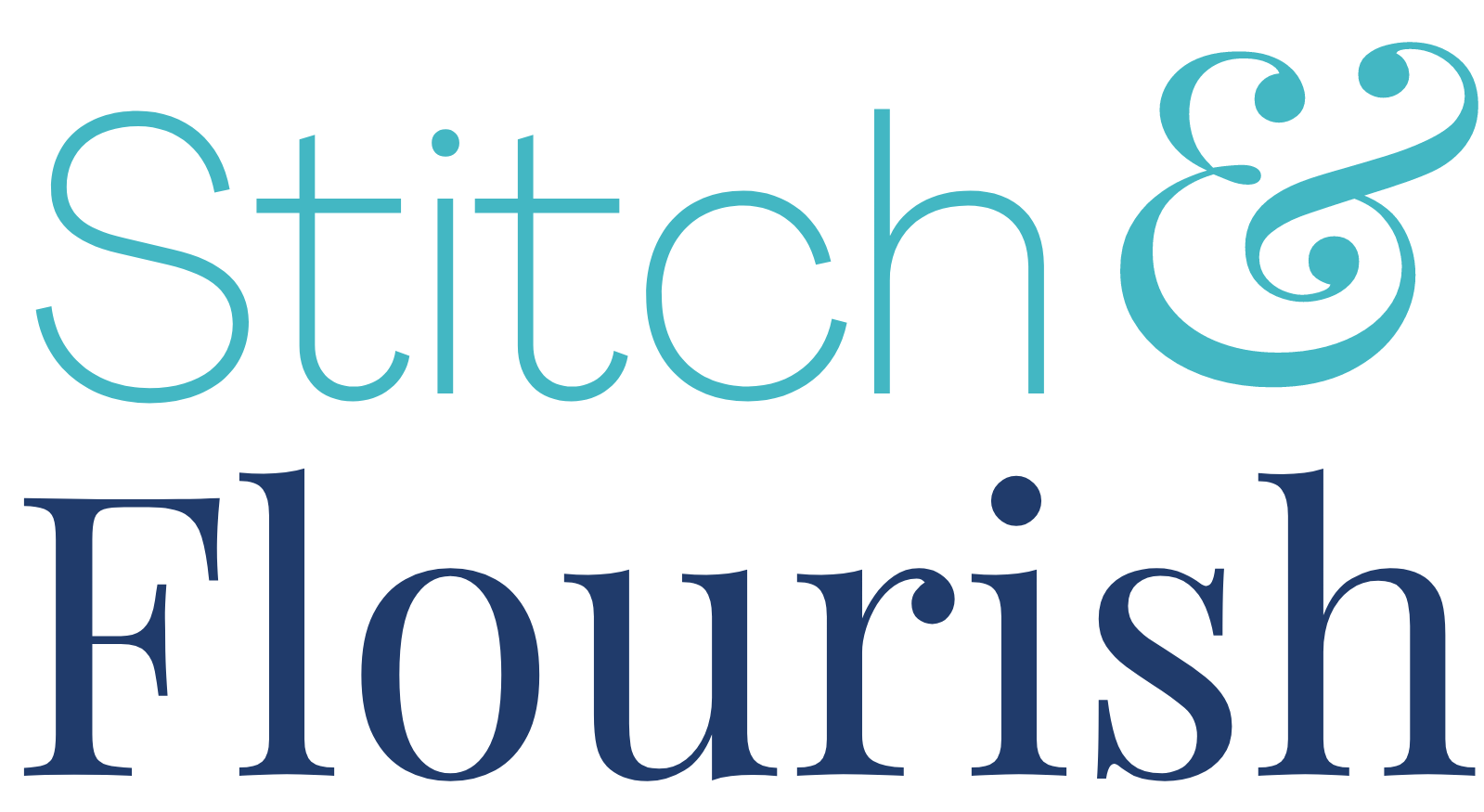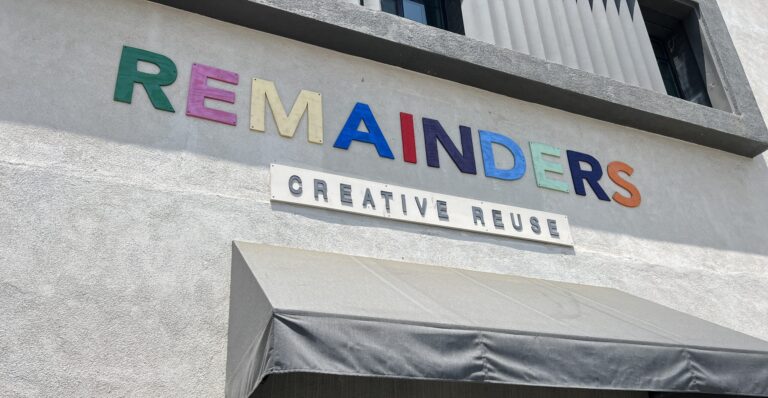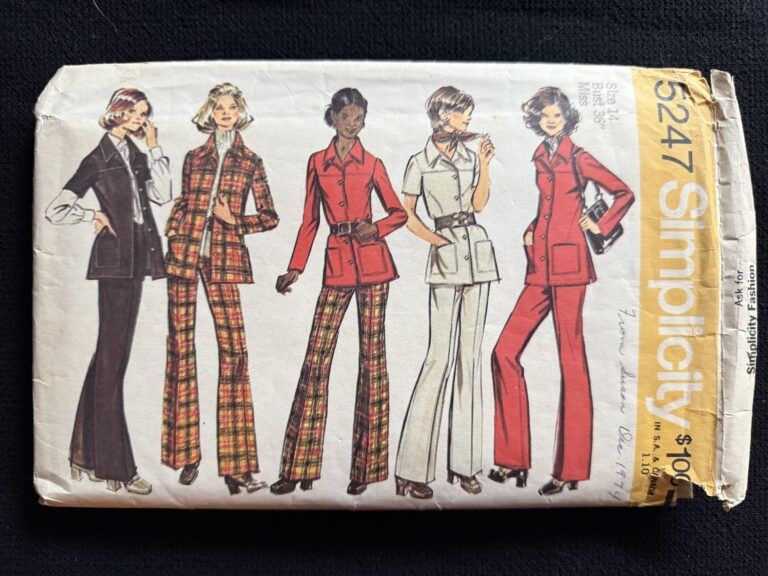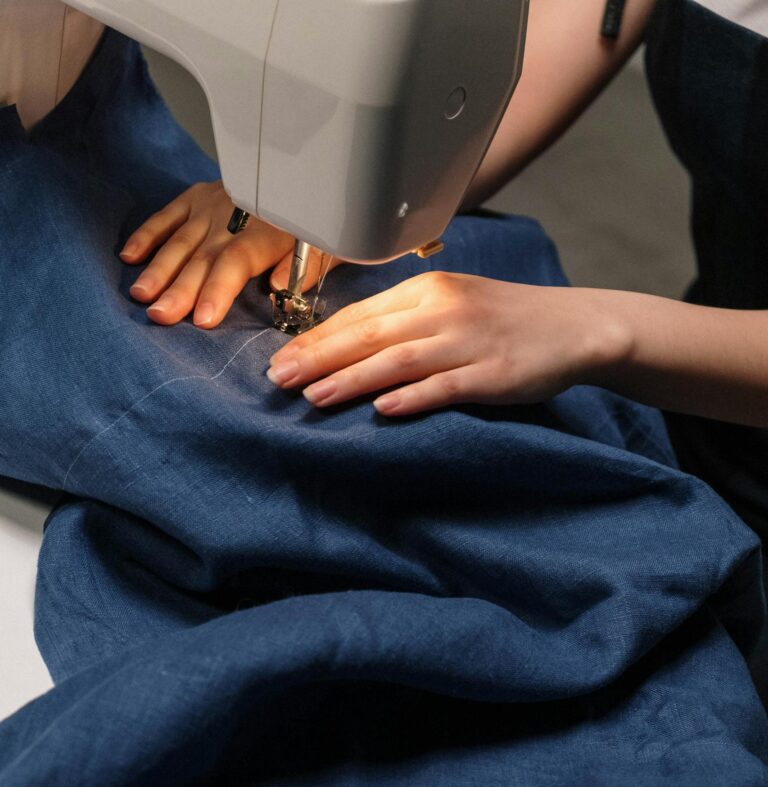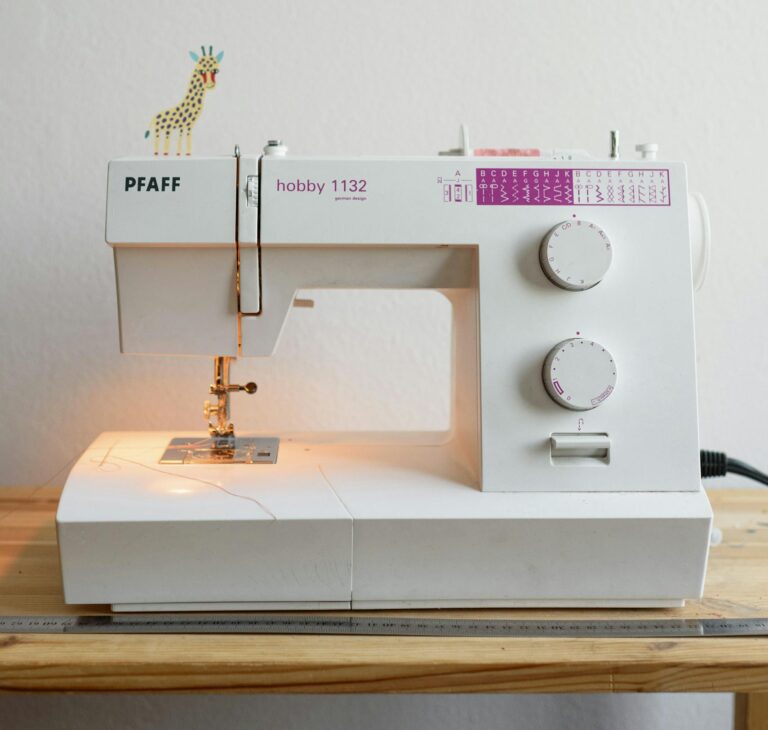How to Pick the Perfect First (or Next!) Sewing Project That You’ll Love from Start to Finish
Picking your first sewing project isn’t just about practicality—it’s about choosing something that excites you! Sure, beginner-friendly projects are great, but if you’re not thrilled to make it, you might not stick with it.

Here’s how to set yourself up for success (and avoid wanting to throw your sewing machine out the window).
1. Be Choosy About Your Pattern
Not all sewing patterns are created equal, especially with the rise of AI-generated patterns, especially on Etsy. Seek out a tried and true pattern, and you’ll avoid bad drafting and nonsense instructions.
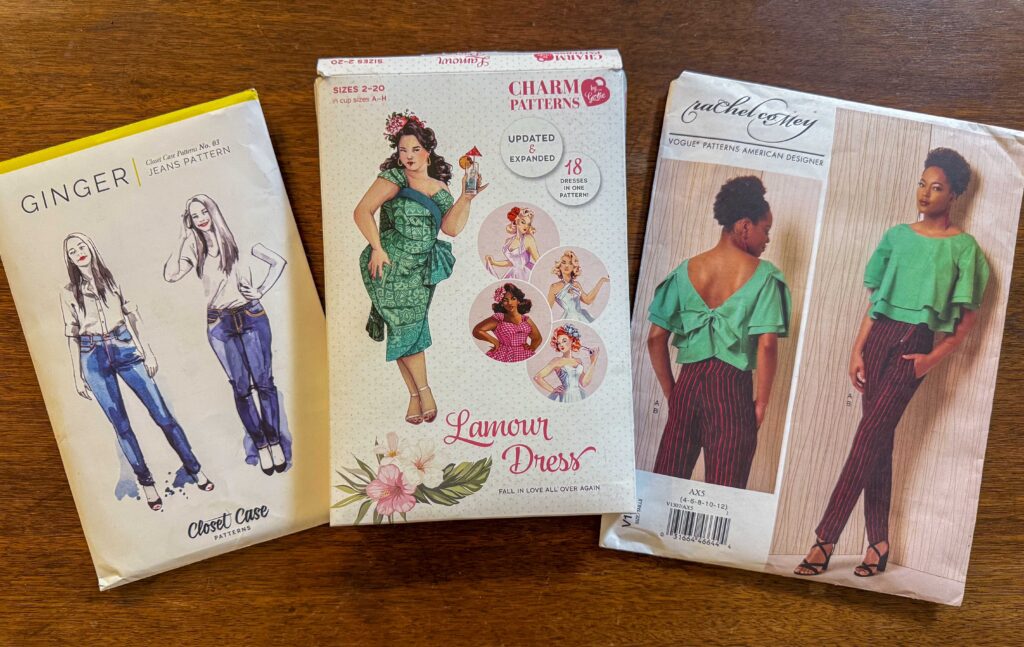
Luckily, there are plenty of well-drafted options from 100+ year old classic brands like Vogue and Butterick and indie designers like Closet Core and Friday Pattern Company.
Read the Reviews
Before diving in, check out what other sewists have to say about a pattern. Look for notes on fit, ease of construction, and whether the instructions are beginner friendly. Here’s where to look:
- PatternReview.com
- r/sewing on Reddit
- ThreadLoop
- Instagram: Look up the hashtag for your chosen pattern (#PatternName)
Evaluate the Instructions
Some patterns assume you know your way around a sewing machine and breeze past the details. If you’re new to sewing, look for patterns with clear, step-by-step instructions. Many companies also offer sew-along videos or written tutorials to guide you through every step of the way.
2. Read the Pattern Envelope Like a Pro
Pattern envelopes hold a goldmine of useful info! Here’s what to pay attention to:

Line Drawings
These technical sketches show every seam, dart, pleat, and buttonhole. Fewer details mean fewer pattern pieces and an easier sewing experience.
Skill Level Information
Some patterns include recommended skill levels (beginner, intermediate, advanced). You don’t have to follow these, but they’re a good way to gauge complexity.
3. Fabric Choice is Everything
Fabric can make or break your sewing experience. Pick the right one, and everything goes smoothly. Pick the wrong one for your project, and suddenly your machine is eating fabric for lunch.
Best fabrics for an easygoing project:
- Cotton & linen – Crisp, stable, and easy to cut and sew.
- Stable knits like ponte – Stretchy but forgiving, making fit easier. And yet stable enough that they won’t stretch out shape while sewing.
Fabrics that make life harder:
- Rayon, silk, and velvet – Slippery, shifty, and prone to fraying.
- Heavy denim and canvas – Doable but tough on lightweight sewing machines.
- Plaids & stripes – Matching prints along your seams is a more advanced-level affair.
If you’re drawn to a more complex design, balance it out with an easy-to-handle fabric so you’re not fighting both construction and material.
4. Techniques & Closures
Think about the construction elements involved in your project:
- Beginner-friendly closures: Elastic, drawstrings, or simple ties.
- Next-level closures: Zippers, buttonholes, and snaps (not impossible, just extra steps).
- Seam finishes: Using pinking shears, a zig zag stitch, or a serger are all are beginner friendly seam finishes, while French seams are more complicated.
5. Putting It All Together
Now that you know what to look for, here’s how to put it all together and confidently choose your first (or next!) project.
Think of it like a balancing act: If one element is a little more advanced, balance it out with an easier choice elsewhere.
By keeping this in mind, you’ll set yourself up for success—and a project you’ll actually enjoy from start to finish!
Bonus: Make sure you have the Right Tools (Because Dull Scissors Will Ruin Everything)
Before you start, make sure you have the basics. Wawak is my go-to place to stock up on everything you need. With Joann stores closing, it’s a solid alternative with great prices and fast shipping.
- Sharp fabric scissors – Kitchen scissors will betray you.
- Glass-headed pins – They won’t melt under your iron and are easy to grab.
- Steam iron – Pressing is sewing.
- A variety of marking tools – Have a few options for light or dark fabrics, including chalk and disappearing ink.
- Seam ripper – Your new bestie. You will need it.
- Sewing machine needles – Different fabrics need different needles. A variety pack is your best bet.
Ready to Get Started?
Sewing should be fun, not frustrating. Pick a project that excites you, choose fabric that won’t fight you, and make sure you’ve got the right tools. Most importantly—give yourself permission to learn as you go.
Now tell me: What’s your next (or first!) sewing project? Drop it in the comments!
